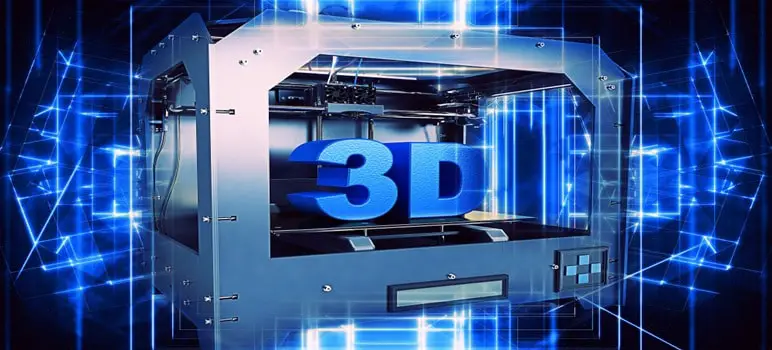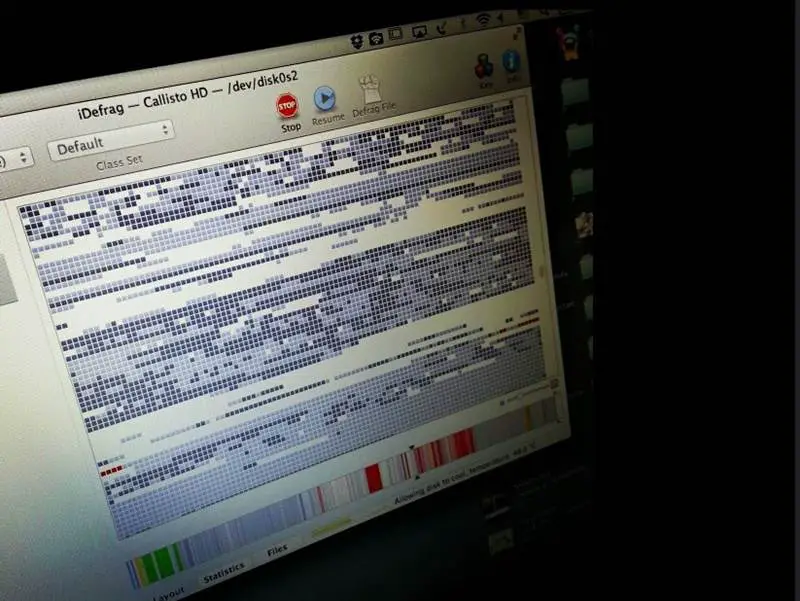Not sure if 3D printing is for you – or what it is at all? Think beyond printer ink cartridges and sheets of 8.5” by 11” paper; 3D printers, which are becoming more popular (and, as a result, more affordable), instead build objects by a layering process, from the bottom up. Following the design you feed it, 3D printers use materials as diverse as metals, nylon and plastics, and can create jewelry, miniature models, clothes – the concept is even being used to engineer human organs. So what are the advantages of 3D printing to businesses?
3D, or additive, printing is a marvel of modern technology, but hobbyists or tech geeks aside, businesses that embrace 3D printing can benefit – big time – in so many ways. If you’re looking to get ahead, taking advantage of this new and exciting technology could be a step in the right direction.

Advantages of 3D Printing to Businesses
1. Cost-Efficient Manufacturing
Legendary shoe company, Converse, has already begun taking the advantages of 3D printing technology to replace some of their traditional methods of product manufacturing, and they’re doing it because in some cases it has saved them up to 70 percent of their normal costs. If your business receives and ships parts overseas, you can help eliminate those pricey expenses using raw materials at-home. This will require less human resources and an overall cheaper – and sometimes more reliable – version of the parts and products you need.
Read also: How to Make Money With Your 3D Printer
2. Speedy Product Production
For some products, a manufacturing time of days, sometimes even weeks, is the norm. In a number of cases, 3D printing is capable of reducing that timeframe down to as little as a few hours. Imagine going from prototype to finished product in a fraction of the time! This could lead to freedom from mass production and, depending on what and how you sell, heavier reliance on a made-to-order business model, where you no longer waste materials and space on product that hasn’t yet been sold. For some online retailers, this could be the golden ticket to higher efficiency.
3. Less Waste
Shifting to a more “on-demand” business model not only increases efficiency, it helps reduce waste, whether its product that never sells or materials that aren’t used. Think about this: traditional manufacturing is like drawing a picture of a heart, cutting it out and having your finished product – along with scraps of unusable paper that has fallen from the cut-out, which must be disposed. 3D printing eliminates those scraps and trimmings because it’s not “cutting out” an object from a material, it’s using a material to build something from the bottom up, the way you would a house.
4. Democratization of Manufacturing
This will hit home for small businesses in particular: it’s hard to get a leg up in the competition, particularly when you’re competing against enormous, established corporations. Yet 3D printing can help to mitigate the unfair tipping of the balance in favor of big business by eventually creating a more competitive environment. The more small businesses and individuals have access to quality manufacturing practices and methods, the less of a monopoly any one business – no matter its size – will have on the market. Imagine the advantages of a market where quality wins the most customers, not the size of your advertising budget.
5. Structural Innovation
Do you ever feel held back creatively because there is simply no way to manufacture the model in your mind, due to the limits of molds and cutting techniques? These sorts of limits, in some cases, do not exist in the world of 3D printing, where shapes and structures of even the most mind-boggling complexity can be brought to life, because this method isn’t hampered by the restrictions of traditional manufacturing. Don’t inhibit your imagination; let it run wild with possibilities.
6. Improved Communication
If you have ever tried to communicate a complex concept or image and found your employees gamely nodding while looking confused, consider that a 3D printer can make these ideas concrete and understandable, capturing 360 degrees of three-dimensional color and realism. Don’t struggle with PowerPoint presentations conveyed on a projector; invite clients to come inspect your impressive vision from every angle, in an exact replica miniature of what they can expect. In other words, communicate with your employees and clients without having to say anything. For the ease and cost to you to produce the model, you almost can’t afford not to.
Read also: 4 Simple Ways to Cut Printing Costs
Conclusion
The advantages of 3D printing are transforming businesses across various industries. From cost-effective manufacturing and rapid production cycles to waste reduction and democratization of manufacturing, this technology reshapes traditional norms. It unlocks limitless creative potential, fosters clearer communication, and empowers small businesses to compete more equitably. Embracing 3D printing is not just a choice, but a strategic leap towards a more efficient, innovative, and competitive future.
FAQs
What is 3D printing, and how does it work?
3D printing is a process of creating three-dimensional objects from digital designs. It builds objects layer by layer using various materials like plastics, metals, and ceramics. This additive manufacturing technique offers unprecedented precision and versatility.
What are the key industries benefiting from 3D printing?
3D printing is making waves in industries such as aerospace, healthcare, automotive, and consumer goods. It enables rapid prototyping, customized medical implants, lightweight aerospace components, and intricate designs that traditional methods struggle to achieve.
Is 3D printing cost-effective for small businesses?
Yes, 3D printing can significantly benefit small businesses. It reduces production costs, minimizes waste, and allows for on-demand manufacturing. By democratizing the manufacturing process, even smaller enterprises can access cutting-edge technology and compete more effectively in the market.
Can 3D printing be used for mass production?
Yes, 3D printing can be employed for mass production, especially for items with intricate designs and low to moderate quantities. Its advantages in reducing material waste, enabling design complexity, and speeding up production can make it a viable option for certain manufacturing scenarios.




I saw a you tube video where they made a bicycle with a 3D printer. It’s pretty neat what technology allows for with our imaginations this day in age.
Since desktop 3d printers got more affordable (because the patents owned by Stratasys expired) more and more people got access to this nice fabrication method. Mass production could be replaced through mass customization and the design-to-factory process could be shorter as well… and there are so many ways of using 3d printers! aerospace, automotive, medical, pharmacy, composites, art and so on…
You know, I’ve heard that the technology for this type of 3D printing has been around for some time, but I guess it’s just been upgrading and it seems that only cool businesses can really appreciate the technology
Couldn’t agree more. I am suprised how fast 3d printing technology evolves. It is one of this cases when you can say that imagination is the limit. And yes, as you wrote in the end. I have dozen examples when real 3d model from printer helped to win a contract. Great technology 🙂
Even if 3D printing itself isn’t your forte, you could try your hand at creating a 3D modelling service or app. And if you’re short on resources, crowdfunding campaigns were practically designed to help get you on your feet